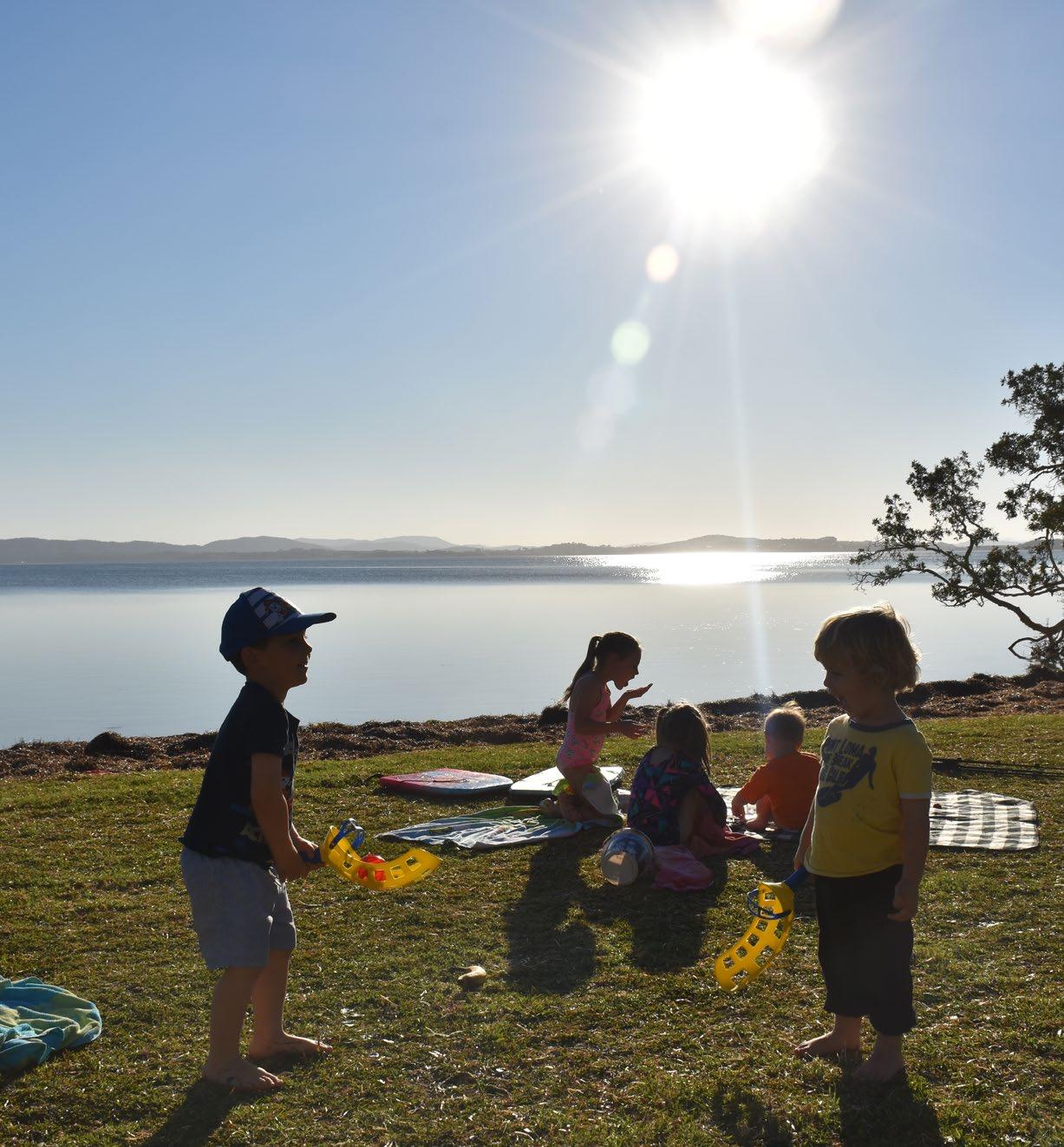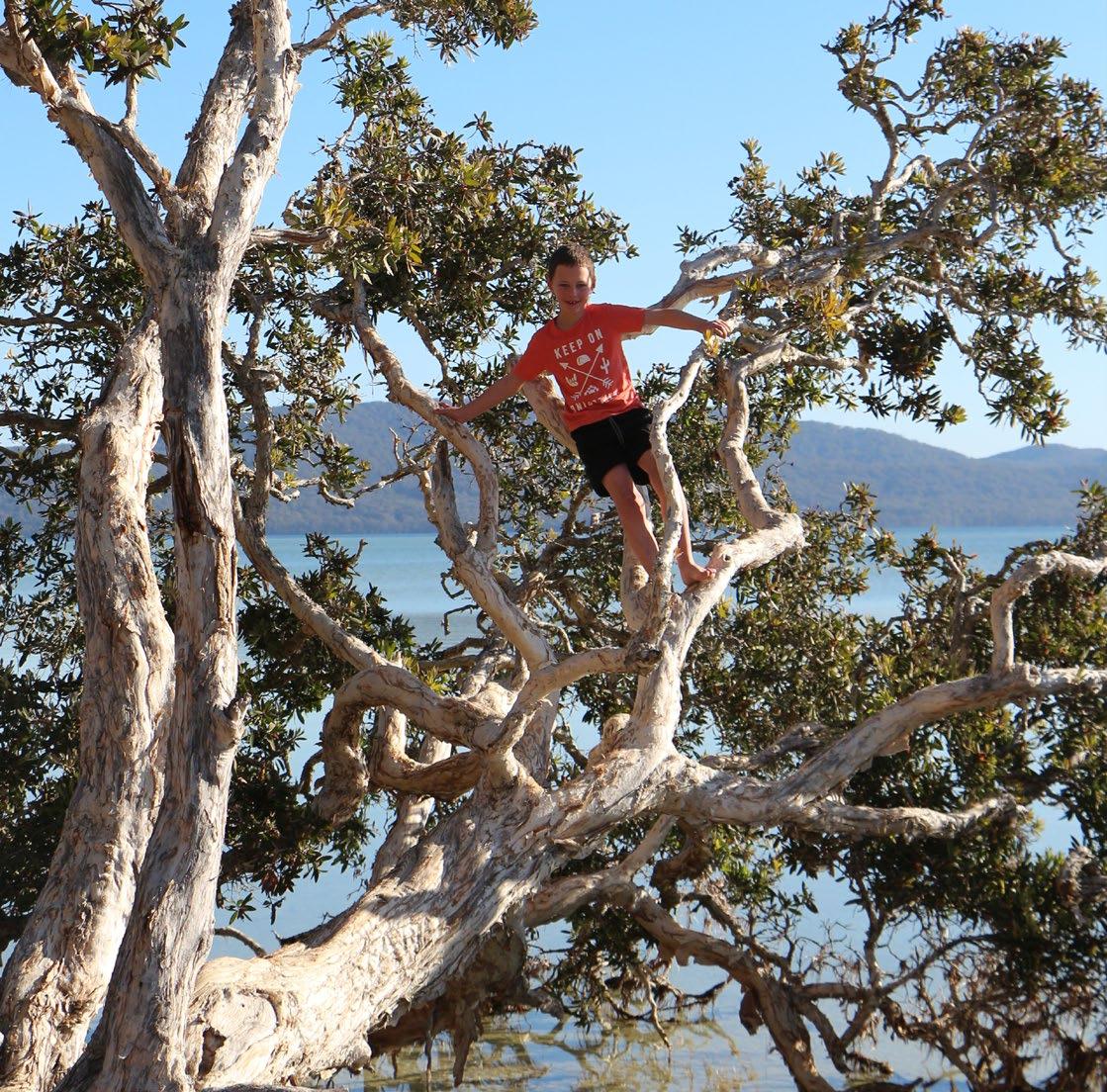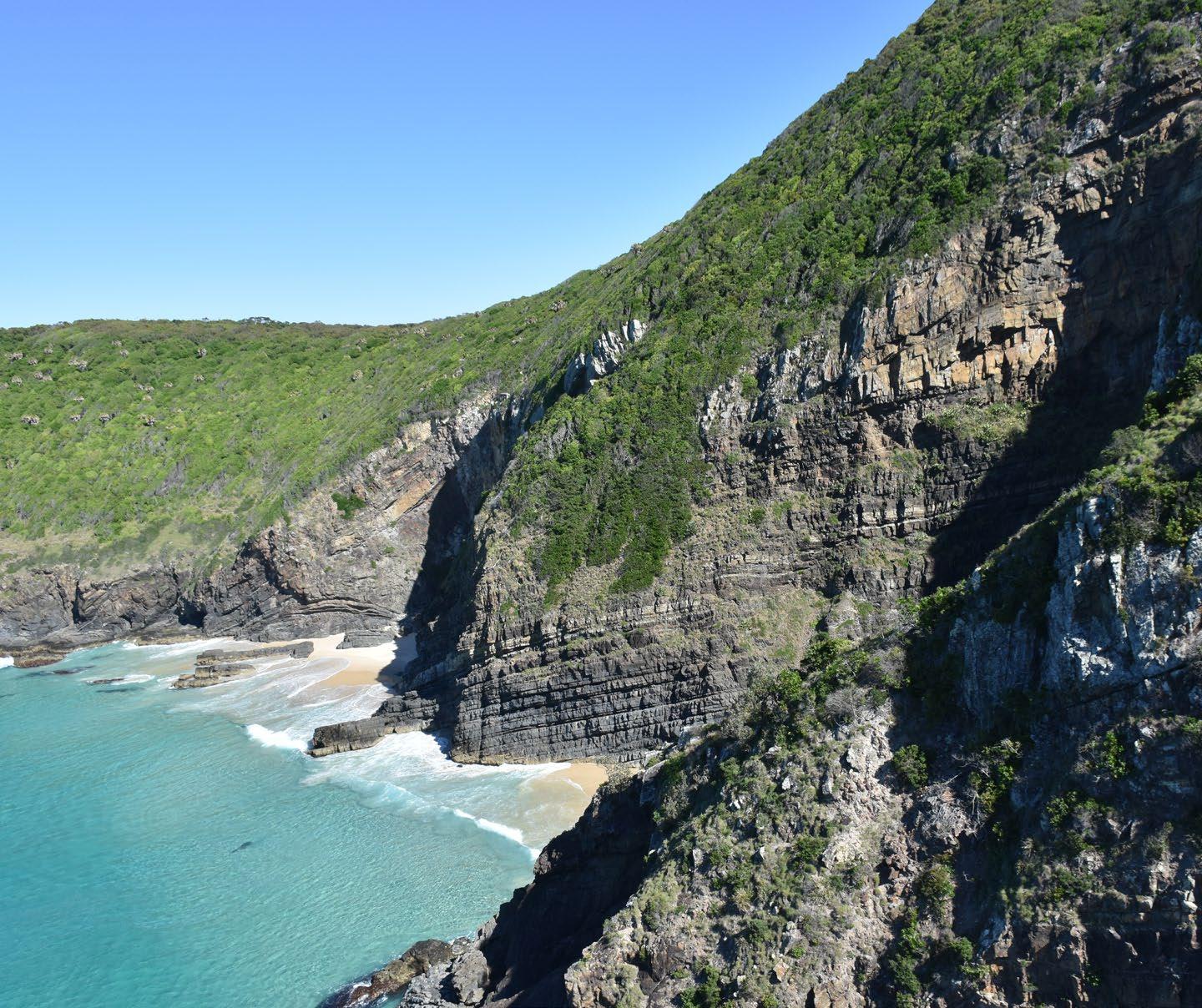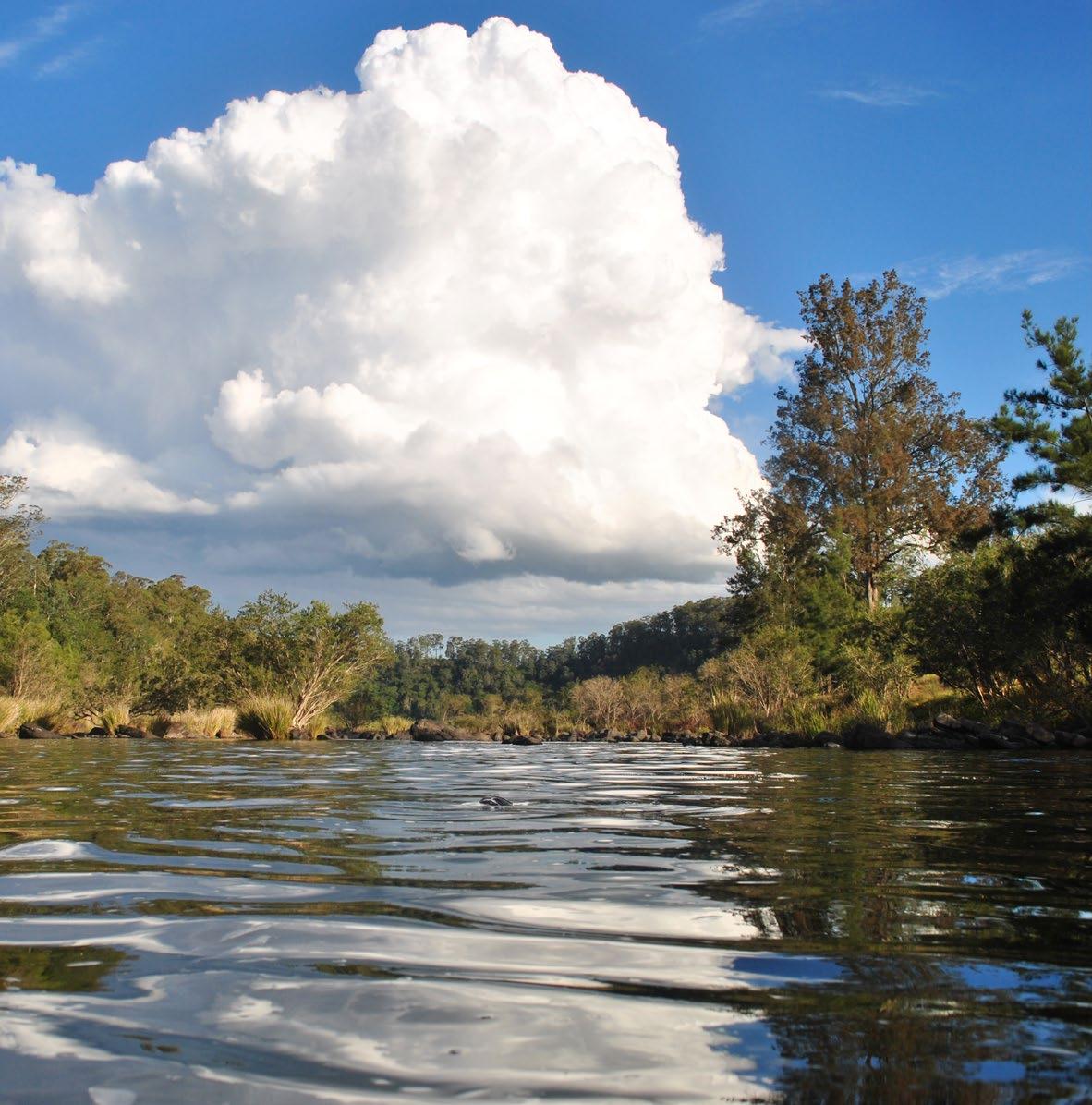
3 minute read
why is it important?
2: NATURE OF THE MIDCOAST
2.1 WHAT IS BIODIVERSITY AND WHY IS IT IMPORTANT?
Biodiversity is a term used to describe the variety of living things in the environment. Australia’s Biodiversity Conservation Strategy 2019 – 2030 defines biodiversity, or biological diversity, as “the variety of all life forms on earth — the different plants, animals and micro-organisms and the ecosystems of which they are a part3.”
Biodiversity includes: • Genetic diversity (the variety of genetic information in individual plants, animals and micro-organisms) • Species diversity (the variety of species) • Ecosystem diversity (the variety of habitats, ecological communities and processes). It forms the cornerstone of ecological resilience (or the ability for a given ecosystem, or species, to adequately recover from a natural or human induced loss) and provides for ecosystem services. Ecosystem services are the direct and indirect contributions of ecosystems to human and environmental wellbeing. Ecosystem services include the provision of clean water, the production of oxygen, the sequestration of carbon dioxide, the cycling of essential nutrients in the environment and the creation of healthy soils.
3. Commonwealth of Australia (2019) Australia’s Strategy for Nature 2019–2030, p3.



The biodiversity of the MidCoast region has intrinsic, economic and social value. The health, lifestyle and economy of the community is connected to the health of the natural environment and the plants and animals within it. Understanding, protecting and, where required, repairing biodiversity has an important role in building and sustaining the strong community connection, growing the economy and enhancing and improving the quality of life that we value. Biodiversity and the natural environment provide many of the resources that sustain us including but not limited to food, timber and fuel. Biodiversity provides the oxygen we breathe and purifies the water we drink. It builds and protects soils and stores and cycles nutrients essential for food production. It controls pests and breaks down pollutants in the environment. It aids recovery from unpredictable natural or catastrophic events and helps to maintain a stable climate. Some of the benefits of biodiversity to the MidCoast region include: Spiritual connection: To the Indigenous people, the Biripi and Worimi, healthy Country is integral with cultural well-being. Aboriginal people lived sustainably within the natural environment for many thousands of years and maintain their spiritual connection to the natural environment. Wellbeing: Experiencing nature contributes to physical and mental wellbeing. This is through boosting concentration, problem-solving and creativity, strengthening immune systems, reducing the incidence of some diseases, boosting physical fitness and improving self-esteem4 . The MidCoast region offers good access to natural areas and clean waterways.
4. Davern et al (2016) Quality Green Public Open Space Supporting Health, Wellbeing and Biodiversity: A Literature Review
Amenity: Living within nature is an indicator of the liveability of communities. Protecting and maintaining the amenity of communities whilst providing for sustainable growth and development is a core value of Council’s Community Strategic Plan5 . Water supply: Healthy catchments deliver clean water in both riverine and aquifer sources. We rely on riverine and groundwater sources for domestic water in the Manning River, Barrington River, Crawford River, Karuah River, Minimbah Sandbeds (Nabiac) and Viney Creek Sandbeds. Natural areas, including wetlands, provide ecosystem services that produce, maintain and purify water supplies. Tourism economy: The region is a key holiday destination. One of the drivers of the local economy is nature-based tourism, which relies on access to high quality terrestrial and aquatic environments, including coastlines and beaches, lakes, lagoons, forests and waterfalls. In 2018, the MidCoast region had over 930 tourist businesses and thousands of international visitors contributing over $38 million directly to the local economy6 . Production economy: Significant regional economic drivers include agriculture, fisheries and forestry. These rely on healthy, diverse and functional terrestrial and aquatic environments. Agricultural productivity benefits from ecosystem services such as nutrient-cycling, soil formation, erosion control, water purification and pollination. Fisheries depend on clean water filtered by riparian and aquatic vegetation as well as healthy mangroves, seagrass meadows and saltmarsh for nursery areas. Local forests supply important markets for products like building materials. Resilience & Adaptation: Biodiverse habitats protect shorelines, store floodwaters and sequester carbon to assist our community in mitigating climate change risks and natural disasters. Conserving biodiversity assets will safeguard the community and help global efforts to mitigate climate change. Intrinsic Value: Biodiversity has an intrinsic value.

5. MidCoast Council (2018) Community Strategic Plan 2020, p13.

6. Tourism Research Australia (2019) Local Government Area Profiles, MidCoast Council.


